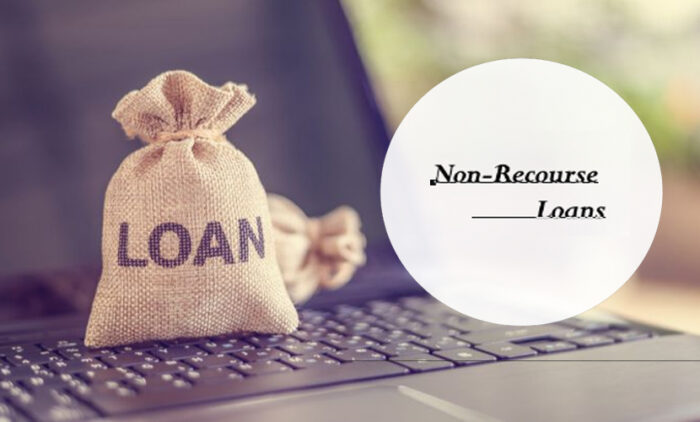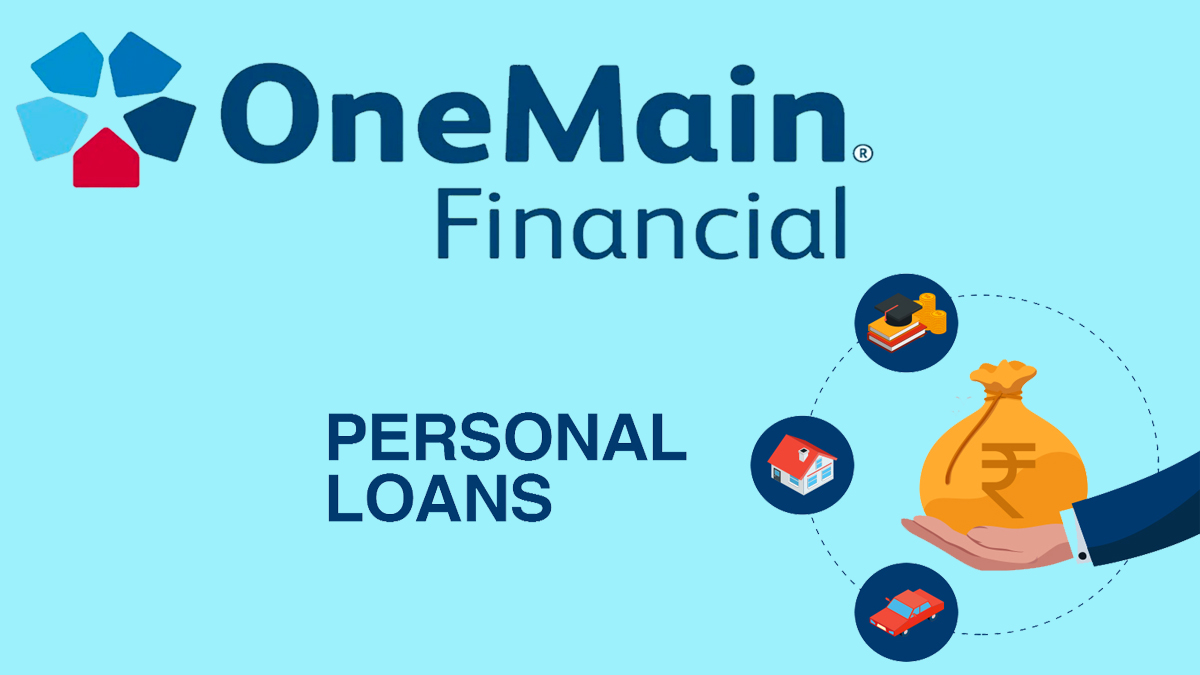Entering the world of financial agreements, one encounters a non-recourse loan, an option for borrowers seeking protection against personal liability.

This loan type, characterized by its unique structure, provides a level of financial security by restricting the lender’s recourse to only the collateral linked to the loan.
However, in the event of borrower default, the lender can reclaim the asset used as collateral, but their ability to recoup losses ends there.
This arrangement fundamentally shifts the risk dynamics for both parties, positioning the non-recourse loan as an important consideration in strategic financial planning.
What Is A Non-Recourse Loan?
A non-recourse loan is a specific type of loan where the lender’s ability to recover the debt in case of default is limited solely to seizing the collateral securing the loan.
Beyond this collateral, the borrower holds no personal liability. In simpler terms, if the proceeds from selling the collateral are insufficient to cover the outstanding debt, the lender cannot pursue the borrower’s other assets or income to compensate for the shortfall.
Compared to recourse loans, where lenders retain the option to pursue the borrower’s additional assets or income if the collateral’s value falls short, non-recourse loans carry greater risk for lenders.
Consequently, non-recourse loans typically entail higher interest rates or stricter terms to counterbalance this heightened risk.
They are commonly utilized in specific financing contexts, such as commercial real estate loans, where the financed property serves as collateral.
How Does It Work?
A non-recourse loan is essentially backed by collateral, typically real estate or significant assets. If the borrower fails to meet repayment obligations, the lender has the right to seize the collateral.
Unlike recourse loans, where lenders can demand additional payments from the borrower beyond the collateral, non-recourse loans limit the lender’s recourse.
This limitation safeguards the borrower’s remaining assets and personal financial resources from repayment claims, thereby clearly delineating the extent of financial risk involved.
Qualifications For A Non-Recourse Loan
Securing a non-recourse loan is not a pathway open to all; it necessitates a thorough evaluation of both the borrower and the collateral. Key qualifications include:
- Strong collateral.
- Creditworthiness.
- Loan-to-value ratio.
- Income and cash flow.
However, remember that the qualification requirements will or may vary among lenders.
Pros And Cons
Before diving into a non-recourse loan, knowing the advantages and disadvantages is crucial.
Pros
- Asset protection.
- Tax benefits.
- Risk management.
Cons
- Higher interest rates.
- Stricter qualifications.
- Limited availability.
How To Obtain A Non-Recourse Loan
Acquiring a non-recourse loan entails a meticulous process due to the heightened risk for the lender, necessitating a comprehensive evaluation of both the borrower and the collateral. Here are the steps involved:
- Evaluate your collateral.
- Assess your financial situation.
- Research potential lenders.
- Prepare your application.
- Submit your application and negotiate terms.
- Finalize the loan.
Evaluate Your Collateral
Start by pinpointing an asset you possess that could function as collateral for the loan. This asset should hold substantial value, such as commercial real estate or a significant investment property, and it should be something you’re willing to put at risk, as it will be seized in the event of loan default.
Assess Your Financial Situation
Review your financial situation, including your credit score, income, debts, and cash flow. While non-recourse loans focus on the collateral, a healthier financial standing can make you a more attractive borrower.
Also, prepare your financial statements and any documents that prove the value and income potential of your collateral. This may include appraisals, income history, and projections.
Research Potential Lenders
Research and approach lenders who specialize in non-recourse loans, especially those well-versed in the type of collateral you intend to offer.
This may involve niche banks, private lenders, or investment firms. Importantly, be aware that interest rates, loan-to-value ratios, and terms can vary significantly among lenders.
Take the time to thoroughly research and compare these factors to identify the most suitable option for your requirements.
Prepare Your Application
Prepare for the loan application by preparing your financial statements, details about the collateral, and any other required information like personal financial statements and business plans.
Submit Your Application And Negotiate Terms
Once you find a good lender and prepare your documentation, submit your loan application. If a lender expresses interest, be prepared to negotiate the terms of the loan, including the interest rate, repayment schedule, and any covenants or conditions.
Finalize The Loan
The lender will conduct due diligence, examining the collateral and your financials closely. Be prepared to provide additional information for clarification.
If the due diligence process is successful, you will move to closing, where the loan terms are finalized and documents are signed. Be sure to understand all the terms before signing.
In conclusion, acquiring a non-recourse loan may present more complexities than securing a traditional loan. However, for individuals with valuable assets and a robust financial position, it provides an opportunity to leverage those assets while safeguarding other personal or business assets from potential risk.



